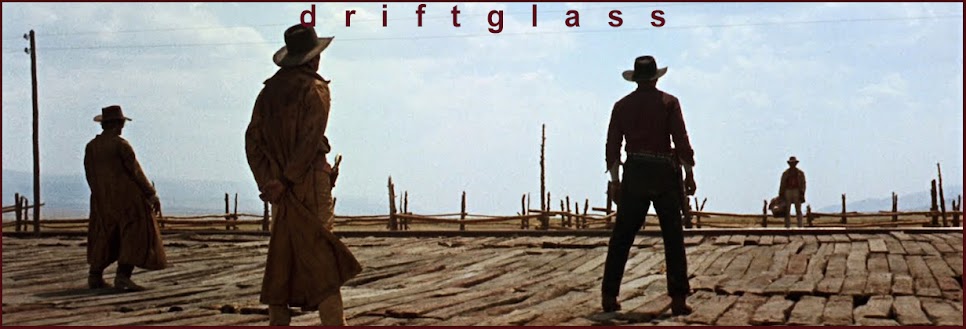
On the subject of offers one takes...
A ticket for a
dozen falls. With Lee. At his
personal dojo.
Cyrano says "Sure,
I'll check the heft and balance
of your hand-forged blade."
Minnesota Fats
wants to show you a thing he
does on that first break.
McQueen offers to
take a caliper to your
Soapbox Derby rig.
The dough goes here!


4 comments:
May I?
--------
Ee...ek, it’s Sharia.
Why face problems? Instead, let’s
shit our pants for sport.
-------
John Puma
I love(d) Richard Feynman!
Whatever he's selling, I'm buying.
S
Feynman played an important role on the Presidential Rogers Commission, which investigated the Challenger disaster. Feynman devoted the latter half of his book What Do You Care What Other People Think? to his experience on the Rogers Commission, straying from his usual convention of brief, light-hearted anecdotes to deliver an extended and sober narrative. Feynman's account reveals a disconnect between NASA's engineers and executives that was far more striking than he expected. His interviews of NASA's high-ranking managers revealed startling misunderstandings of elementary concepts. He concluded that the NASA management's space shuttle reliability estimate was fantastically unrealistic. He warned in his appendix to the commission's report, "For a successful technology, reality must take precedence over public relations, for Nature cannot be fooled." He also rebuked some mathematicians for their exclusivity, saying "I have great suspicion that [mathematicians] don't know, that this stuff is wrong, and that they're intimidating people."
. . . Feynman tried LSD during his professorship at Caltech. Somewhat embarrassed by his actions, Feynman largely sidestepped the issue when dictating his anecdotes; he mentions it in passing in the "O Americano, Outra Vez" section, while the "Altered States" chapter in Surely You're Joking, Mr. Feynman! describes only marijuana and ketamine experiences at John Lilly's famed sensory deprivation tanks, as a way of studying consciousness.
"At twenty-three ... there was no physicist on earth who could match his exuberant command over the native materials of theoretical science. It was not just a facility at mathematics (though it had become clear ... that the mathematical machinery emerging from the Wheeler–Feynman collaboration was beyond Wheeler's own ability). Feynman seemed to possess a frightening ease with the substance behind the equations, like Albert Einstein at the same age, like the Soviet physicist Lev Landau—but few others."
— James Gleick, Genius: The Life and Science of Richard Feynman
- Wikipedia
Nice article, thanks for sharing.
Have you guys seen the documentary Last Journey of a Genius? (U Cal) keeps a tight grip on it.) It had to have been made about the time this photo was taken, which is to say not too long before Feynman died.
The title has multiple meanings, which I'm sure Feynman would have enjoyed: a literal journey to Kyzyl, capital of Tuva; a journey of imagination in trying to discover a way a couple of ordinary guys (as opposed to a Nobel Prize winning physicist) could make that happen; and a journey toward imminent death from stomach cancer.
That the destination isn't mentioned in the title, just the journey, comports perfectly with what I've inferred from the documentary and the non-specialist books I've been able to understand Feyman was about: the journey and adventure, not the destination or achievement.
Incidentally, I did buy Gleich's book at a sale, but I didn't know enough math or science to make much headway. :-(
Post a Comment